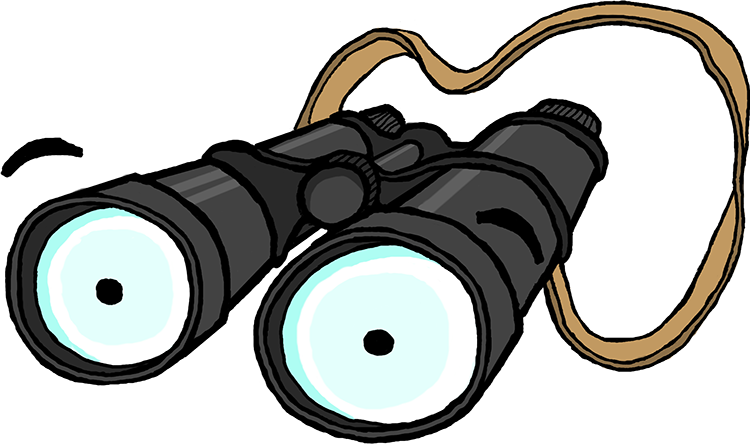Nursing
During the First World War, huge developments were made in medicine. Medical professions also changed considerably, particularly nursing. The high number of casualties meant that more women than ever were training as nurses and travelling far from home to work in often very dangerous conditions.
First Aid Nursing Yeomanry (FANY)
The First Aid Nursing Yeomanry (FANY) was founded in 1907 as an all-women uniformed organisation, created by a Boer War veteran to provide the “missing link somewhere in the Ambulance Department”. It was decided that “each member of the Corps would receive… training… so that [they] could ride onto the battlefield to attend the wounded who might otherwise have been left to a slow death”.
In spite of official resistance from the British War Office, the first group of FANYs arrived in Calais on 27th October 1914. The Belgian Army, forced to retreat to the coast, welcomed them with open arms. In spite of often meeting hostility and male opposition to women being so near to the Front, for the next four years FANY continued to run hospitals and convalescent homes.They also drove and maintained ambulances, supply lorries and staff cars for the Belgian and French Armies. On 1st January 1916, they became the first women to drive officially for the British Army.
The FANYS served all over the Western Front and were awarded many decorations for gallantry and service, including the Military Medal, Legion d’Honneur, Croix de Guerre and Ordre de Leopold II.
The FANY is still an all-women voluntary organisation which supports the civil and military authorities within the United Kingdom during major incidents and public events. To find out more about the history of the FANY please visit http://www.fany.org.uk/
DID YOU KNOW...?
Diane M Paynter was an early and long serving FANY, Corps number 136. She was a driver in Calais, France, and was made Lance-Corporal. She was Mentioned in Dispatches (MID) for bravery in 1918.
The Endell St Women’s ‘Suffragette’ Hospital
In September 1914, two suffragettes set off for France. They were Louisa, daughter of Elizabeth Garrett Anderson (England’s first ever woman doctor) and her colleague, Flora Murray. As the British Royal Army Medical Corps (RAMC) refused to accept women doctors they had offered their services to the French Red Cross and were heading to Paris to establish the Women’s Hospital Corps (WHC).
RAMC medics who visited the WHC hospital were amazed! They asked the women to work with the British Army in Boulogne. One patient was a former policeman who remembered arresting suffragette Louisa! The big breakthrough came in February 1915, they were asked to establish an RAMC hospital in London’s Endell Street. The Women’s ‘Suffragette’ Hospital was born.
Entirely staffed by women, the hospital was one of the most successful in England with a much lower than average mortality rate and patients eager to be admitted there. They also managed a bit of quiet propaganda for Votes for Women. One soldier was so impressed by his ‘lady doctors’ that he wanted them to have ten votes each.
Oh you criticise the clothes,
or lack of them, as worn
by members of the female sex
who rise at early dawn.
And carry on throughout the day
to help this stinking war.
Just try to think, a thing I feel
you’ve never done before.
We’re sorry if our garb offends.
We do not like your smile
when you observe a skirt that reaches
to the knee only of our breeches.
We do not wear for choice, you see,
these clothes utilitarian.
We hate our nails to be unkept,
our hair like a barbarian.
So do not blame us overmuch.
We’re useful, we believe.
And for a precedent we show
the costume worn by Eve.
For when engaged in useful work
After ‘the fall’, they say
The clothing worn by Eve was not
What people wear today.

